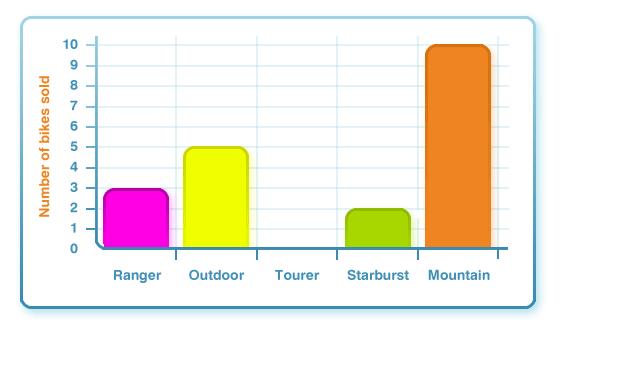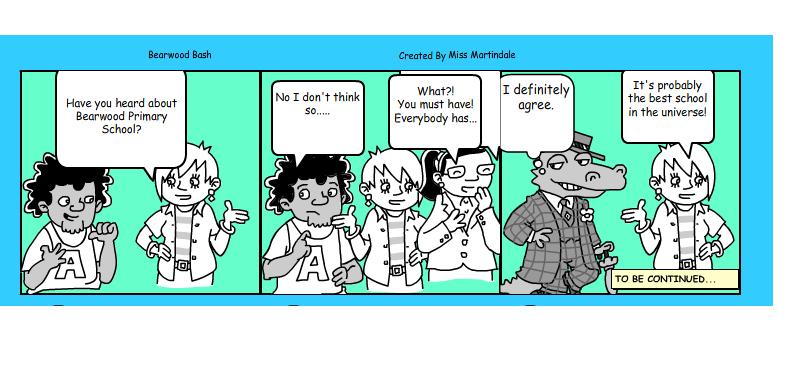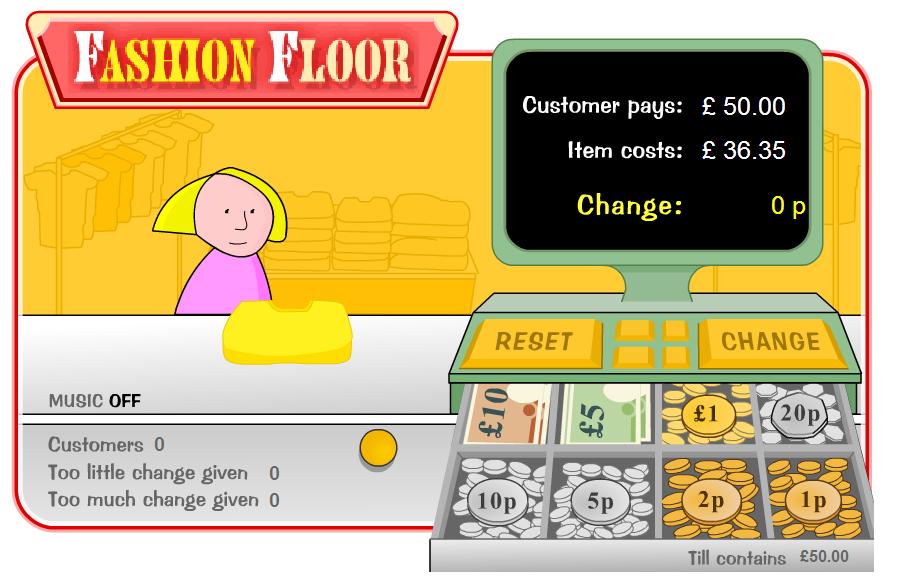[slideshow]
Aztecs had many types of art and artists like stone-workers, who carved statues; scribes, who painted pictograms; potters, who would make pots for various things; and feather-workers, who would create beautiful head dresses among other things.
The stone-workers would create statues from rocks and would create objects made from green jade, black obsidian, and transparent crystals. Stone-workers were trained from an early age and the skills they learned were passed on from worker to worker. To carve a statue they would use simple tools made out of wood, rock and bone.
The scribes would draw the pictograms that would record events. First the scribe would sketch a rough outline, then they would add the details. The Aztecs would use vegetables, insects, shells, and minerals to create colors and oil could be added to make colours brighter.
The feathers that were used for elaborate things such as a headdress which were made from tropical birds. The feathers were worked into designs. The Aztec feather workers would make clothing out of feathers from all sorts of tropical birds for nobility and royalty.




